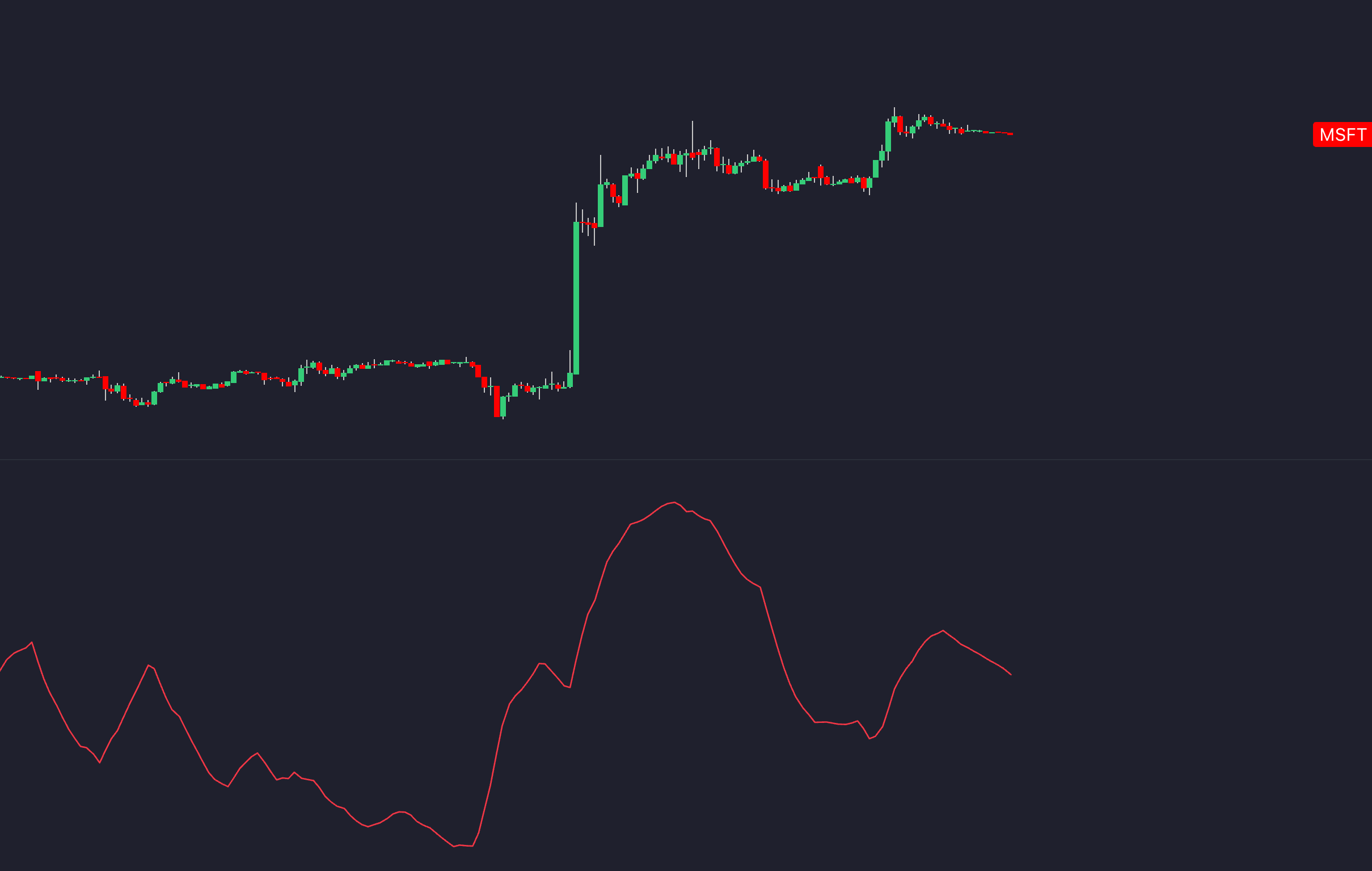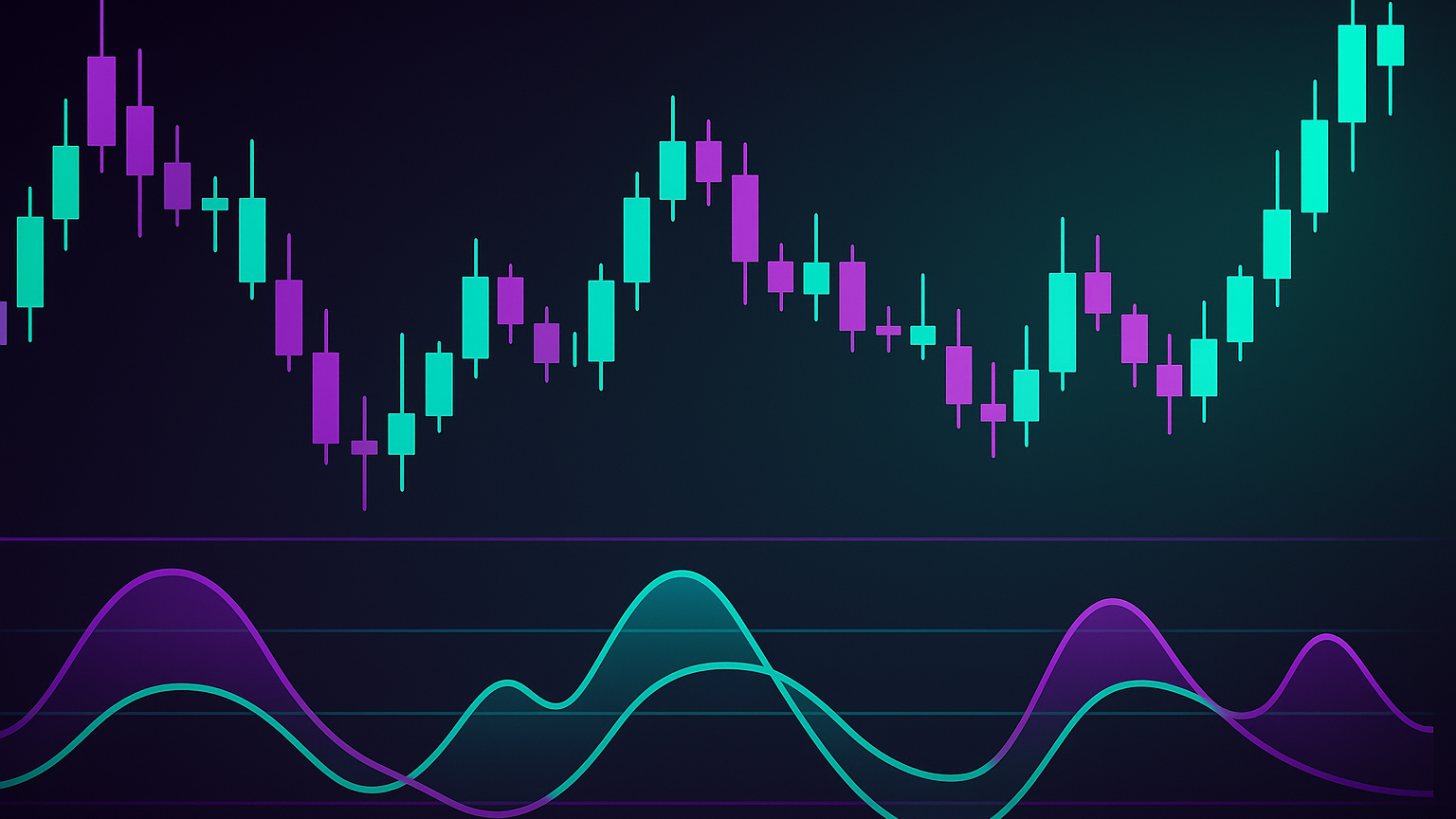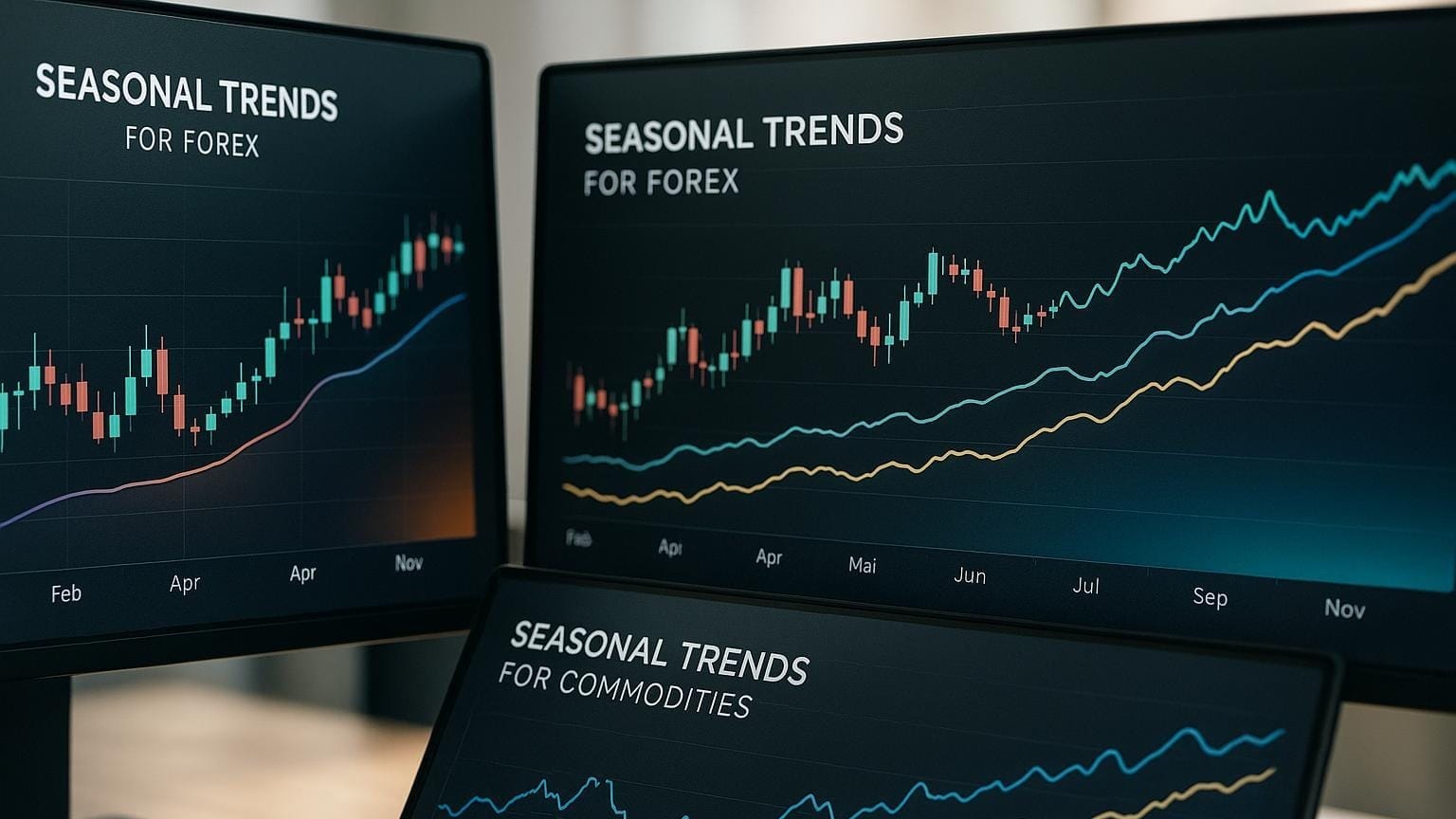Learn how directional filters can enhance your trading strategy by identifying market trends and improving decision-making.
Directional filters are tools traders use to identify market trends and their strength, helping make smarter decisions. Here’s what you need to know:
- What They Do: Detect upward, downward, or sideways trends using tools like ADX, DMI, and moving averages.
- Why They Matter: Confirm trends, spot opportunities, and reduce false signals.
- How to Use Them:
Quick Tip: Combine directional filters with other indicators to refine your strategy and manage risk. For example, use ADX to confirm trends before acting on RSI or moving average crossovers.
ADX and DMI Indicator for Trading: Best Strategies and Finding Trends

Moving Averages: A Basic Directional Filter
Moving averages offer a simple way to spot trends by smoothing out price data. They help traders see the overall direction of the market more clearly.
How to Pick Moving Average Timeframes
Choosing the right moving average (MA) timeframe depends on your trading style:
| Timeframe | Period | Purpose |
|---|---|---|
| Short-term | 10–20 days | Day or swing trading |
| Medium-term | 50 days | Position trading |
| Long-term | 200 days | Following long trends |
Using multiple timeframes together can provide stronger confirmation of trends. Generally, higher timeframes like daily or weekly charts tend to give more reliable trend signals.
SMA vs. EMA: Which to Choose
Simple Moving Averages (SMA) and Exponential Moving Averages (EMA) serve different purposes. SMA gives equal weight to all prices in a set period, making it steadier but slower to react. EMA, on the other hand, puts more weight on recent prices, allowing it to respond faster to market changes. For example, in a 10-day EMA, the latest price accounts for 18.2% of the calculation, while the oldest price contributes just 3%.
These differences make each type useful in different scenarios, especially when using crossover strategies.
Trading with Moving Average Crossovers
Crossovers between moving averages can indicate shifts in market direction. For example, in June 2020, Google's (GOOG) 50-day moving average crossed above the 200-day MA, signaling an upward trend.
Day traders often use combinations like the 5-8-13 SMA setup. A case study from the Invesco QQQ Trust (QQQ) illustrates this:
- First leg: 0.79% gain over 51 five-minute bars
- Second leg: 0.80% gain over 35 five-minute bars
To improve accuracy, traders often pair crossover signals with other indicators like ADX or momentum oscillators. This combination can help refine trade setups and boost confidence in trend signals.
ADX: Measuring Trend Strength
ADX, or Average Directional Index, is a tool that measures the strength of a trend and helps differentiate between trending and range-bound markets.
Reading ADX Signals
ADX values range from 0 to 100, each indicating specific market conditions:
| ADX Value | Market Condition | Trading Approach |
|---|---|---|
| 0-20 | Range-bound | Focus on reversal strategies |
| 25-50 | Strong trend | Use trend-following tactics |
| 50-75 | Very strong trend | Maintain trend positions |
| 75-100 | Extremely strong trend | Watch for potential exhaustion |
"ADX reading of 40 or higher could be an indication that a trend is long in the tooth and a potential top or bottom may be on the horizon."
ADX with Other Technical Tools
Once ADX signals are clear, combining it with other indicators can fine-tune trade decisions. Here are some common pairings:
| Indicator Pair | Strategy Application |
|---|---|
| ADX + Moving Averages | Enter trades when ADX is above 25 and price crosses above a key moving average (e.g., 50-day EMA) |
| ADX + RSI | Look for oversold conditions (RSI < 30) only when ADX confirms a strong trend (> 25) |
| ADX + MACD | Use MACD crossovers as entry signals when ADX indicates a strong trend |
"RSI signals require ADX confirmation in trending markets", explains Nathan Peterson, director of derivatives analysis at the Schwab Center for Financial Research.
Adding Filters to Your Trading System
Directional filters can play a key role in improving trade accuracy by helping you determine market direction more effectively. Let’s explore how to integrate these tools into your trading system.
Testing Filter Settings
Testing directional filters is essential to ensure they perform well across different market conditions. Here's a simple framework to guide your process:
| Testing Phase | Key Actions | Expected Outcome |
|---|---|---|
| Initial Setup | Define clear entry rules | Establish trading parameters |
| Data Analysis | Use reliable historical data | Build a solid backtesting base |
| Performance Testing | Run simulations | Gauge strategy resilience |
| Optimization | Adjust indicator parameters | Find the best settings |
Risk Control with Filters
Directional filters also help manage risk by pinpointing favorable trading conditions. For example, you can use the ADX (Average Directional Index) to guide your approach:
Strong Trend Markets (ADX > 25)
- Use wider stop-loss orders to accommodate typical price fluctuations.
- Focus on entering trades during trend continuation patterns.
- Set profit targets at 1.5 times your initial risk.
Weak Trend Markets (ADX < 20)
- Tighten stop-loss orders to minimize potential losses.
- Reduce your position sizes to limit exposure.
- Wait for stronger trends to develop before entering trades.
Conclusion: Making Better Trading Decisions
Directional filters can refine your trading approach by providing clarity on market trends and momentum. They help traders make more informed choices by focusing on the bigger picture.
When paired with technical tools, these filters become even more effective. For example, an ADX value above 25 indicates strong trends, which can validate trade setups and align with other real-time indicators for a more thorough market analysis.








